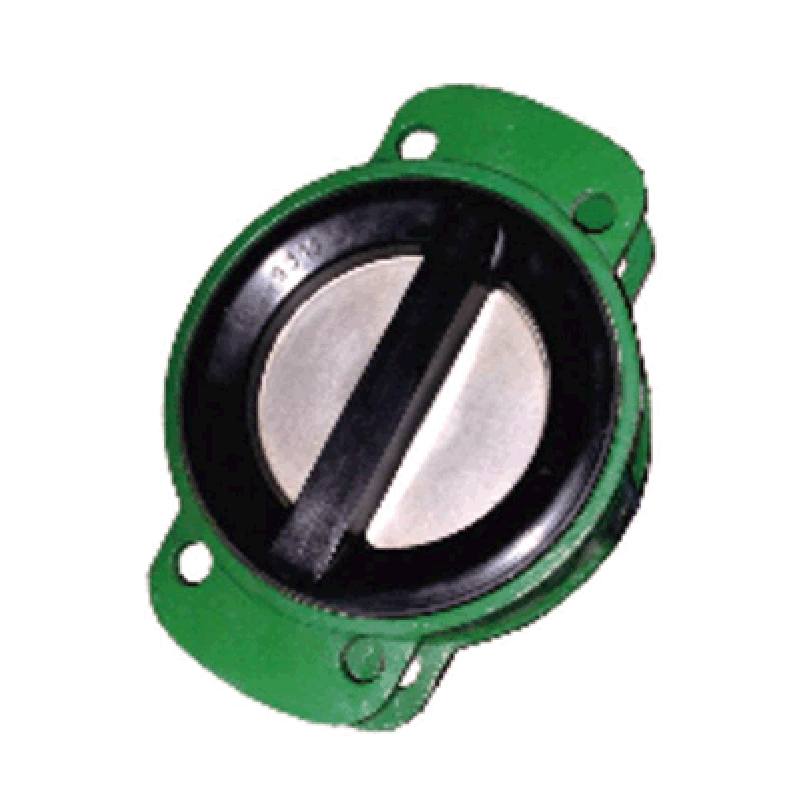Dec . 14, 2024 09:50 Back to list
Understanding the Functionality and Advantages of Swing Check Valves in Various Applications
Understanding Swing Check Valves
A swing check valve is a crucial component in various fluid systems, providing a reliable method for preventing backflow. These valves are typically used in piping systems to ensure that fluid only flows in one direction. Understanding their design, functionality, and applications can greatly enhance the efficiency and safety of fluid transport systems in commercial and industrial operations.
Design and Functionality
The primary feature of a swing check valve is its disc, which swings on a hinge. When fluid flows in the intended direction, the disc opens, allowing the flow to pass through. However, if fluid starts to flow in the reverse direction, the disc swings closed due to gravitational force and the pressure difference, thereby blocking the backflow. This self-regulating mechanism is fundamental to the performance of swing check valves.
There are two main types of swing check valves horizontal and vertical. Horizontal swing check valves are typically installed in horizontal pipelines, while vertical swing check valves are designed for vertical applications. Both are available in various materials, including bronze, stainless steel, and plastic, allowing for use in different environments and media types.
Advantages of Swing Check Valves
Swing check valves have several advantages that make them suitable for many applications. One of the most significant benefits is their low-pressure drop compared to other types of check valves, such as disc or ball check valves. This low-pressure drop means that they are more efficient and can help save energy in a system, which is especially important in large-scale operations.
Additionally, swing check valves are relatively simple in design, making them easier to maintain and more cost-effective over their lifespan. Their straightforward mechanism minimizes the possibility of malfunction, enhancing operational reliability. Furthermore, because they do not have any external moving parts (other than the disc), they can operate effectively in high-pressure environments.
swing check valve

Applications
Swing check valves are widely used across various industries, including water treatment, HVAC systems, oil and gas, and chemical processing. In water systems, they help prevent contamination by ensuring that water only flows from the supply into the distribution network. In HVAC systems, these valves help maintain system pressure and prevent backflow, ensuring the efficient operation of heating and cooling units.
In the oil and gas industry, swing check valves are critical in pipeline systems to prevent backflow in various stages of transportation and processing. They are essential for preventing spills and ensuring that products move through the system safely. In chemical processing, swing check valves are used in systems handling corrosive substances, where material selection is crucial for durability and safety.
Installation and Maintenance
Proper installation and maintenance of swing check valves are crucial for optimal performance. They should be installed in the correct orientation, following the manufacturer's guidelines—typically with the flow direction arrows clearly marked on the valve body. It is also essential to ensure that the valve is not subjected to excessive pressure or temperature beyond its rated capacity.
Routine maintenance should include regular inspections to check for wear and tear, especially on the hinge and disc. Any buildup of debris or foreign materials should be cleaned to prevent obstruction and ensure smooth operation. If leaks are detected or the valve fails to close properly, it may need to be replaced to avoid compromising the system's integrity.
Conclusion
In conclusion, swing check valves play a vital role in managing fluid flow in various applications. Their simple yet effective design allows them to perform their function reliably, with minimal maintenance requirements. Understanding their operation, advantages, and applications can lead to better decision-making when selecting valves for specific systems, ultimately contributing to the efficiency and safety of fluid management operations. As industries continue to evolve, the importance of reliable components like swing check valves will remain a cornerstone of effective engineering and system design.
Share